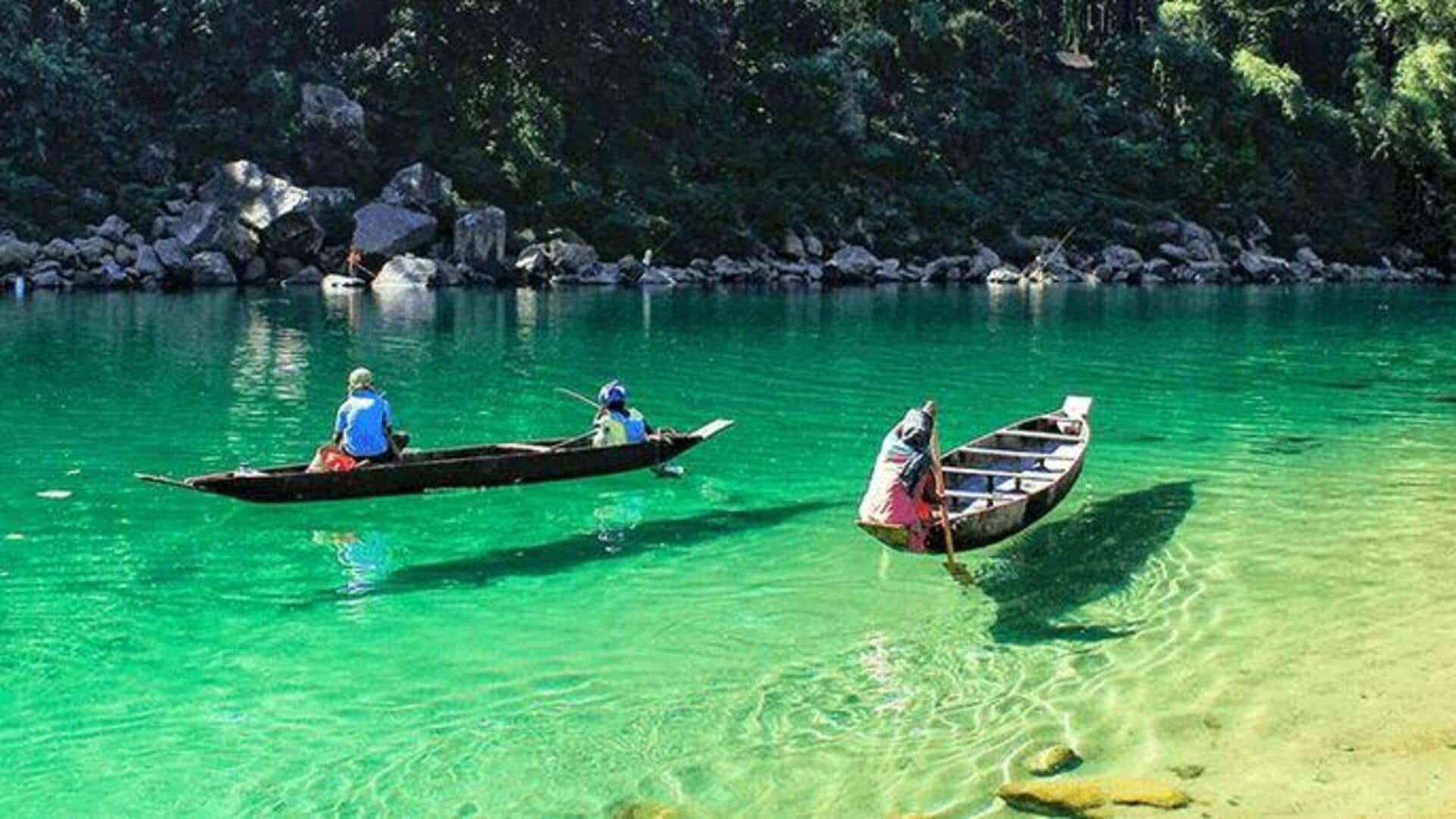City Palace's Legacy
The City Palace stands as the heart of Jaipur, an impressive complex of courtyards, gardens, and buildings that showcases a blend of Rajput and Mughal
architecture. Constructed over several centuries, the palace served as the seat of the Maharaja of Jaipur. Key attractions within the City Palace include the Mubarak Mahal, the Chandra Mahal, and the Diwan-i-Khas. The Mubarak Mahal, which served as a reception center, is recognizable for its unique blend of architectural styles. The Chandra Mahal offers stunning views and houses a museum displaying royal artifacts. The Diwan-i-Khas, or Hall of Private Audience, is famed for its exquisite interiors and intricate decor, which highlights the power and influence of the rulers who once called this palace home. A visit to the City Palace provides a comprehensive view of the cultural heritage of Jaipur and its royal legacy.
Amber Fort's Splendor
Perched atop a hill, Amber Fort is a captivating example of Rajput architecture, offering panoramic views and elaborate design. Initially constructed by the Meenas and later developed by Raja Man Singh I, the fort is distinguished by its massive ramparts, multiple gates, and well-planned layout. Key features include the Sheesh Mahal (Mirror Palace), which is decorated with intricate mirror work. The fort's strategic location overlooking Maota Lake enhanced its defensive capabilities and provided a majestic backdrop. Visitors can enter the fort via elephant rides, an experience that adds to the historical ambiance. Amber Fort, a UNESCO World Heritage Site, stands as a testament to the glory and grandeur of Rajput rulers, providing a glimpse into their lifestyle and strategic prowess.
Nahargarh Fort's Vista
Positioned on the Aravalli hills, Nahargarh Fort offers breathtaking views of Jaipur and served as a strategic defense point. It was originally built in 1734 by Maharaja Sawai Jai Singh II and later expanded. The fort provided an exceptional vantage point to monitor the surroundings and protect Jaipur from external threats. A key highlight is the Madhavendra Bhawan, the former residence of the rulers, known for its intricate detailing. Nahargarh Fort, with its unique architectural design and stunning views, provides a captivating exploration of Jaipur's defense strategies and historical context. A visit offers insight into the city's evolution and provides a memorable experience through the fort's historical significance and visual beauty.
Hawa Mahal's Beauty
The Hawa Mahal, or 'Palace of Winds,' is an iconic structure, recognized for its unique facade that is designed like a honeycomb. Built in 1799 by Maharaja Sawai Pratap Singh, the palace's primary function was to allow royal women to observe street life without being seen. The Hawa Mahal's design incorporated over 950 windows, which not only facilitated ventilation but also provided a distinctive aesthetic appeal. The palace's intricate latticework and vibrant colors offer a vivid illustration of Rajput artistry and engineering. The Hawa Mahal has come to represent Jaipur, attracting tourists from across the globe who come to marvel at its beauty and understand its historical context.
Jal Mahal's Mystery
Jal Mahal, or the 'Water Palace,' is situated in the middle of Man Sagar Lake, showcasing a stunning visual spectacle. The palace was renovated and extended by Maharaja Jai Singh II in the 18th century. While only the top story is visible, four stories are submerged underwater. Jal Mahal is celebrated for its stunning symmetry and the tranquility of its surroundings. A visit to this palace offers a serene experience, blending the splendor of architectural design with the beauty of nature. Jal Mahal provides an insight into the royal interest in combining architectural magnificence with environmental aesthetics, resulting in a lasting and memorable historical landmark.













